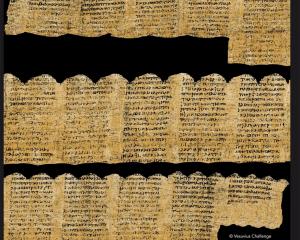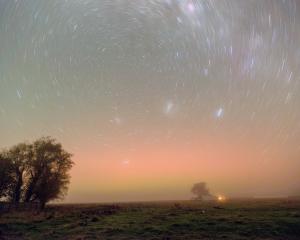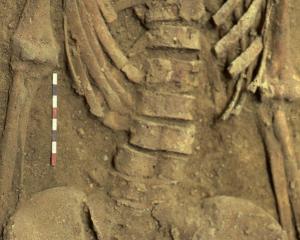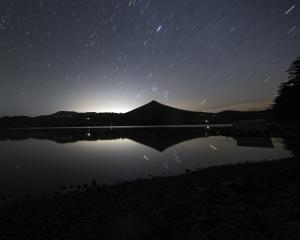
The Lyrid meteor shower, one of the oldest-known meteor displays, will peak in the early hours of Monday, Tuesday and Wednesday. This meteor shower is caused by tiny fragments of Comet Thatcher, which was last seen in 1861 and won’t return until 2283. Under ideal conditions, the Lyrids typically produce about 10 to 20 meteors per hour.

While the Lyrids may disappoint, a beautiful consolation awaits a few mornings later. Just before sunrise on Friday, an elegant planetary gathering will grace the eastern sky. Starting about 5am, look low on the horizon, and you’ll see a slender crescent moon nestled among three planets, Saturn, Mars, and Mercury. I mentioned this triple planetary gathering last week, but Friday’s close passage of the waning crescent Moon through this area of the sky should bring joy to all except the most miserable stargazers!
The Moon’s slender crescent will be illuminated by the Sun, and you’ll also notice its darkened portion glowing faintly — this phenomenon called "earthshine", the gentle light from our planet reflecting off the Moon’s night side. Leonardo da Vinci first explained this phenomenon, so it’s often referred to as "Da Vinci’s ghost". So while the Lyrids may not dazzle, the planetary line-up and the Moon’s ghostly glow promise a memorable start to the day.













